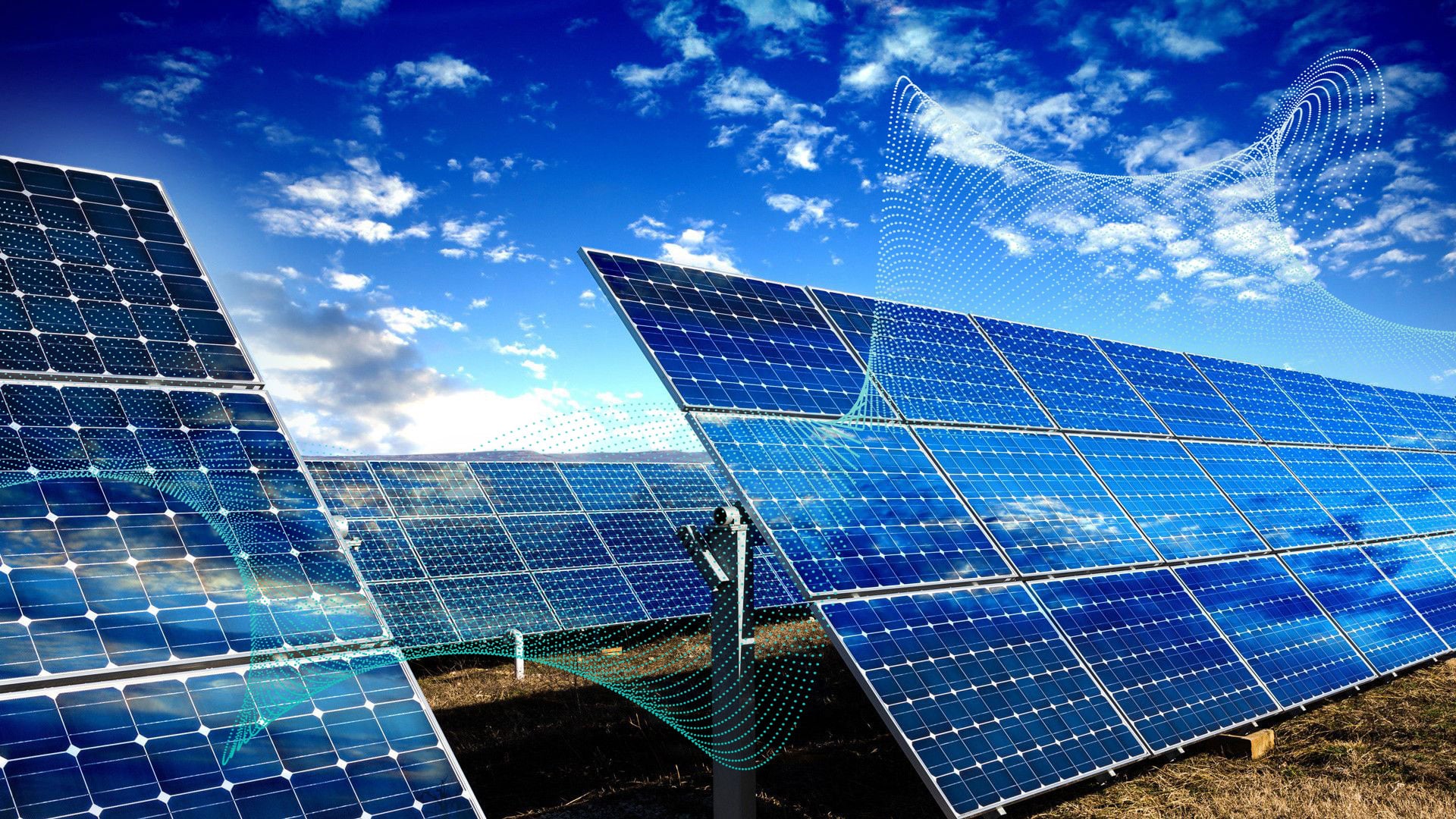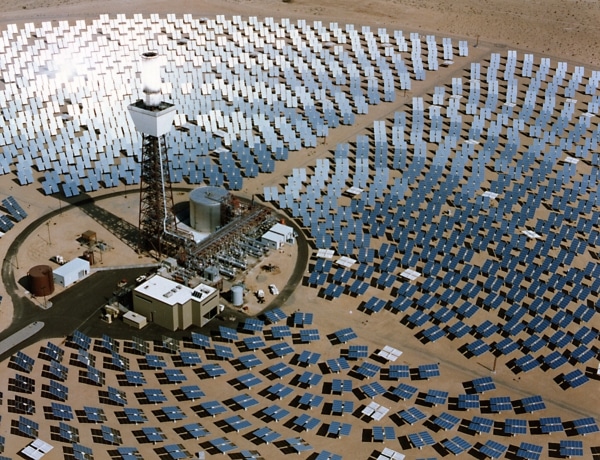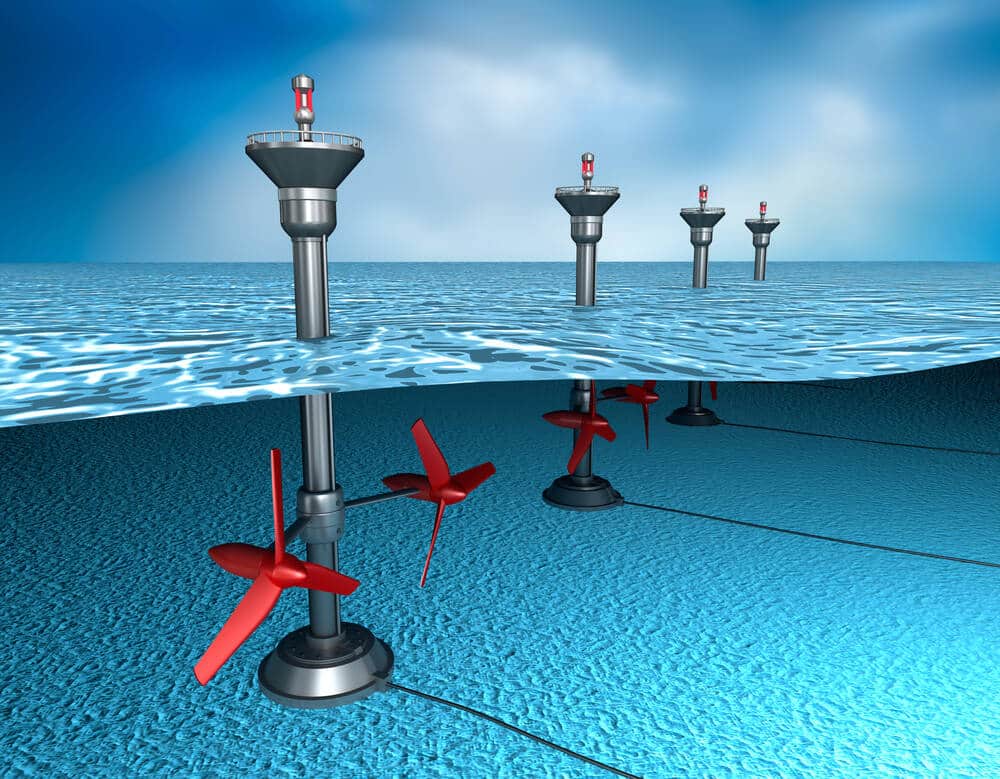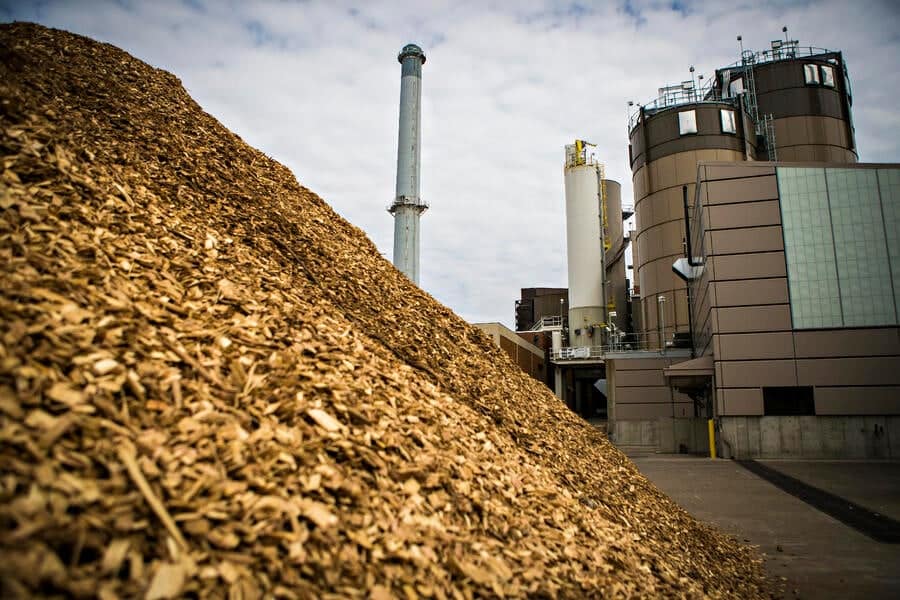Types of renewable energy:
Renewable energies are named based on the source of energy production, which can generally be divided into the following categories:
1) Energy from the heat of the sun - Solar Thermal Energy (STE)
2) Energy from sunlight - photovoltaic
3) Heat energy from the earth - geothermal
4) Wind energy or wind power
5) Energy from sea waves and tides
6) Energy from the water held behind the dams
7) Biomass energy - Biomass is the energy obtained from wet waste and animal feces that produces heat and electricity.
Photovoltaic solar energy:
Nowadays, according to the development of the lighting industry and the electricity consumption optimization in lighting with the help of LED technology, it is possible to use solar energy properly or store it in a battery and then use it by turning it into light. This method is widely used in public places such as parks and guardhouses that do not have access to city electricity, as well as industrial places where cabling and electrical installations are expensive.


Solar-thermal energy:
Concentrating solar-thermal power (CPS) using mechanical equipment can be used to raise the thermal energy from the sun to a temperature above 900 degrees Celsius and convert it to electricity using turbines and steam engines. The most common method of heat production is using solar water heaters, in which the sun's heat is transferred to water through water pipes, circulated by a water pump, and placed inside a collector; the user can use hot water.
Using photovoltaic energy for lighting:
Nowadays, according to the development of the lighting industry and the electricity consumption optimization in lighting with the help of LED technology, it is possible to use solar energy properly or store it in a battery and then use it by turning it into light. This method is widely used in public places such as parks and guardhouses that do not have access to city electricity, as well as industrial places where cabling and electrical installations are expensive.
Energy from sea waves:
Wave energy is spread over a wide surface area of the seas and oceans found in large quantities. Existing power generation plans from sea waves are classified into two types, including fixed and floating. The three main types of the former are often installed on beaches: oscillating water column (OWC), converging channel, and pendulum design. The latter is installed in the sea and on the surface of the water, and due to the movement of waves, they go up and down and produce electrical energy. Some of the usual floating designs are the Swedish Pool Pump, McCabe Wave Pump, Power Conduit of Floating Wave, Danish Wave Energy Programme, Salter's Duck, and Wave Plane. Further research needs to be conducted worldwide to provide new methods to use wave energy cost-effectively and make it more widespread due to the aggravation of the energy crisis. This article describes methods of generating electricity from the wave energy released on the sea surface. Also, in addition to displaying the features of wave energy exploitation projects, the advantages of wave energy and the obstacles and challenges to the power generation development plan are offered.


Wind energy:
Among renewable energies, wind energy is one of the most economical methods of electricity generation, which is non-polluting and inexhaustible. According to the available statistics, the generation of each kilowatt-hour of electrical energy from the wind can prevent the emission of about 1 kilogram of CO2 compared to fossil-fuel power plants. For example, in the Manjil region, a 500KW wind turbine generates at least 150,000 kilowatt-hours of electrical energy per year, which will reduce environmental pollutants. On the other hand, we can mention the natural attractions and views of wind energy systems exposed to people, which are considered a symbol of clean energy for people. In addition, 90% of the land can be allocated for building the wind farm.
Energy from the water held behind the dams


Biomass energy
A series of physical, chemical, and environmental processes, such as decomposition and fermentation, affect different biomass sources, and a gas called biogas is released. After standard ecological and chemical purification processes, this gas becomes an energy carrier used as primary fuel in power plants.
Generators and turbines, burning this gas, move and produce electricity similar to the traditional cycle in all power plants. But, the fuel required for the boiler is not extracted from the ground. Therefore, the environment is prevented from pollution by its optimal use. In 2000, more than 10% of the world's primary energy supply was provided by biomass sources. According to the global announcement, the capacity of the installed power plant for using biomass energy in the OECD's member countries was equal to 23000 megawatts.
